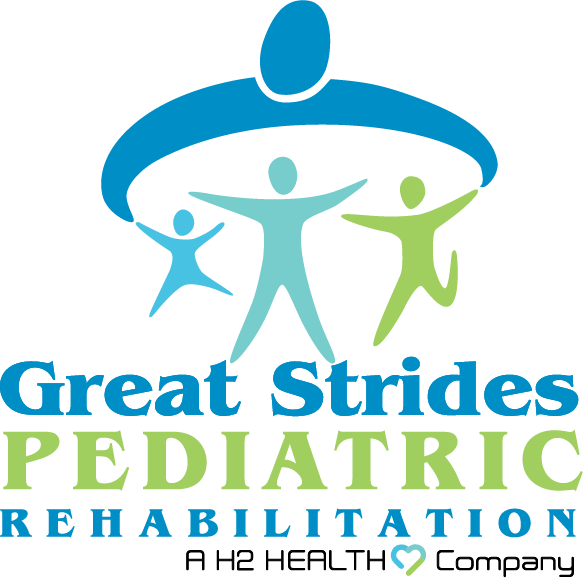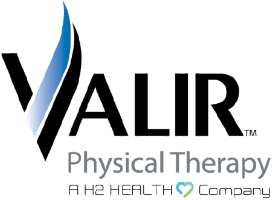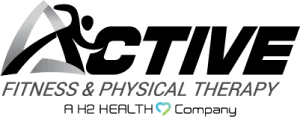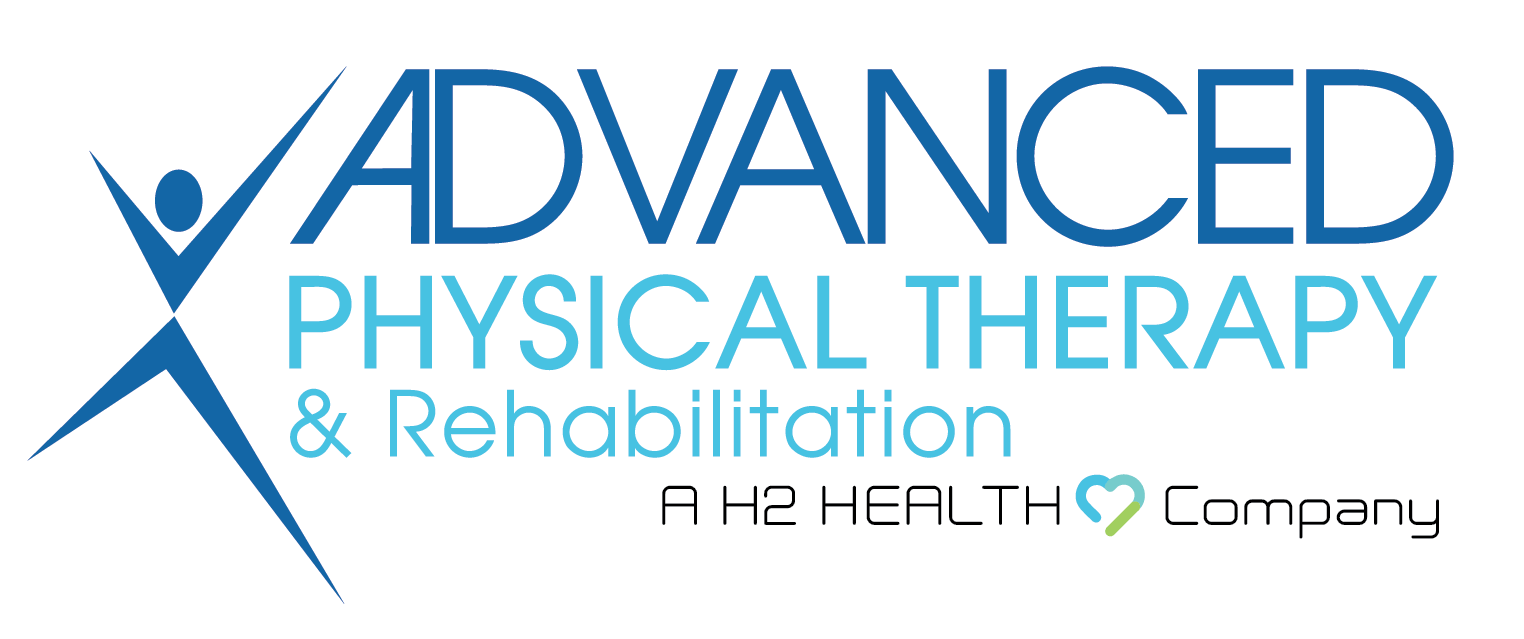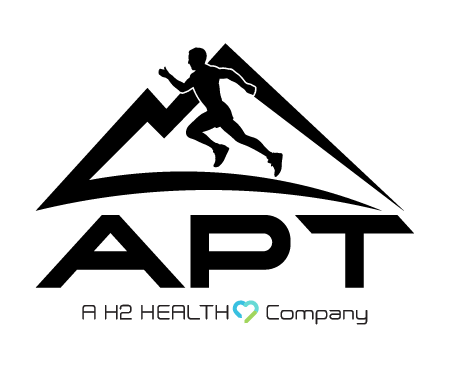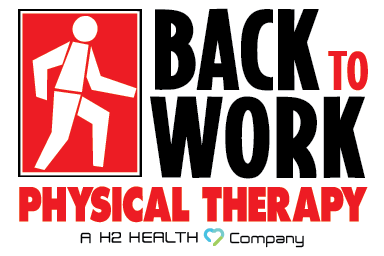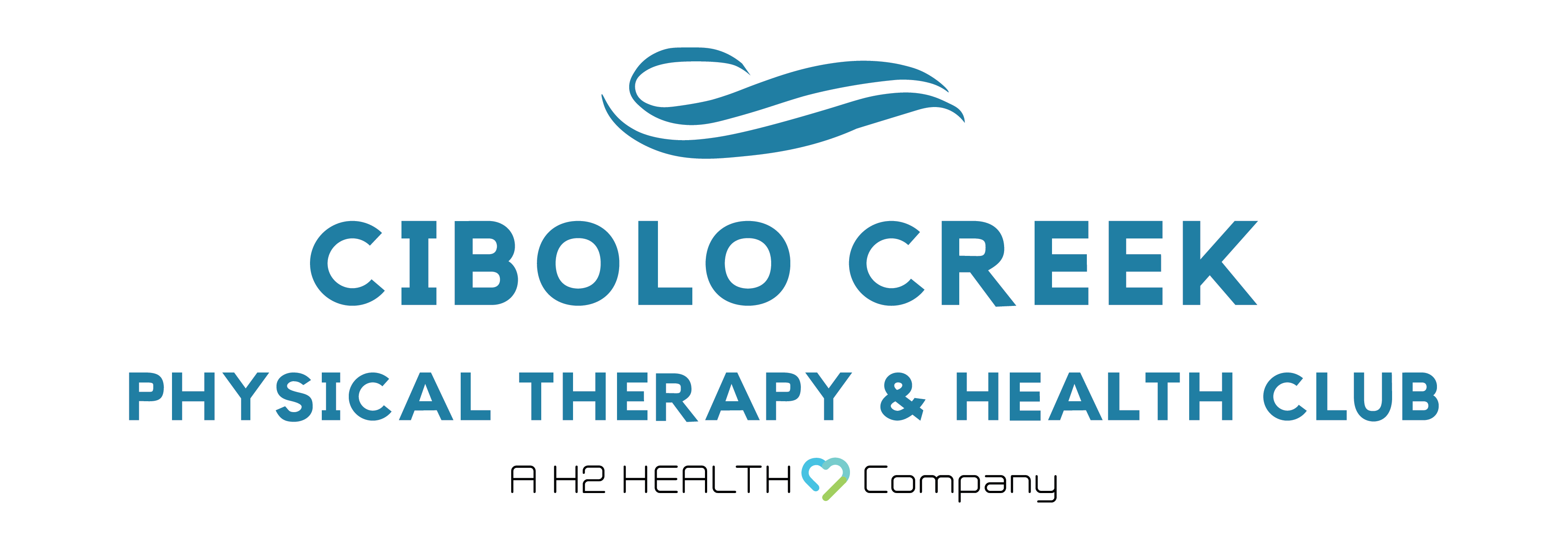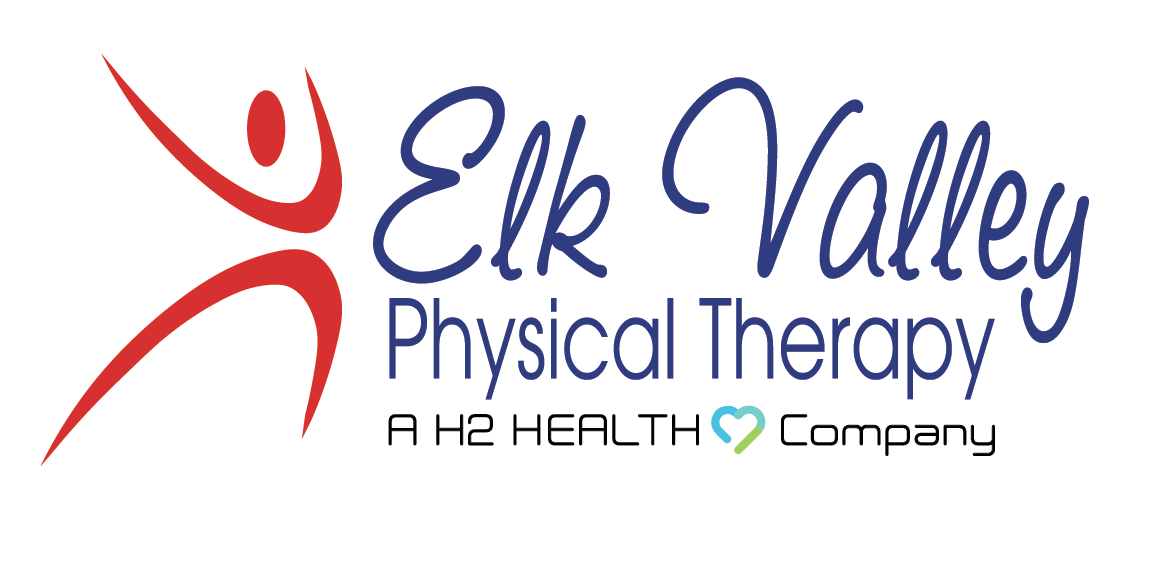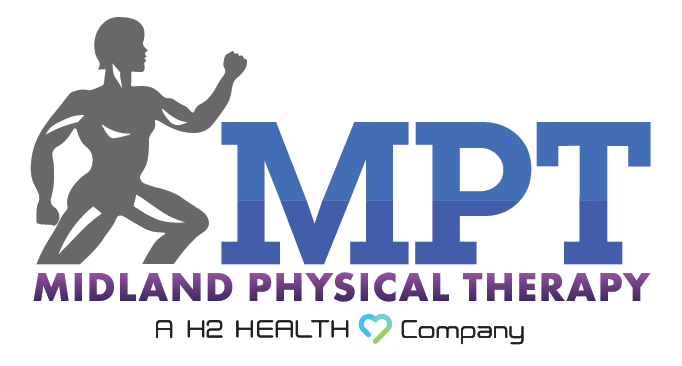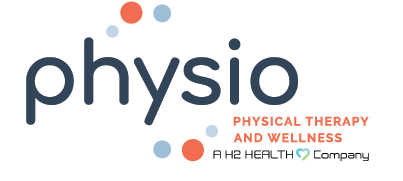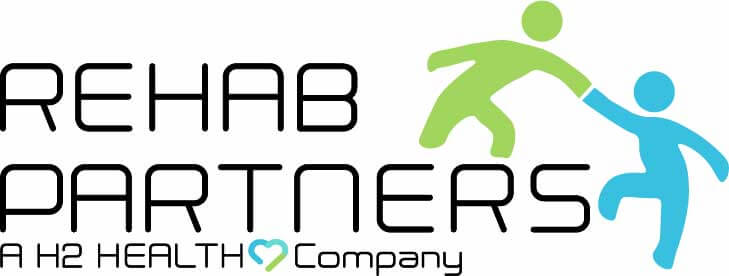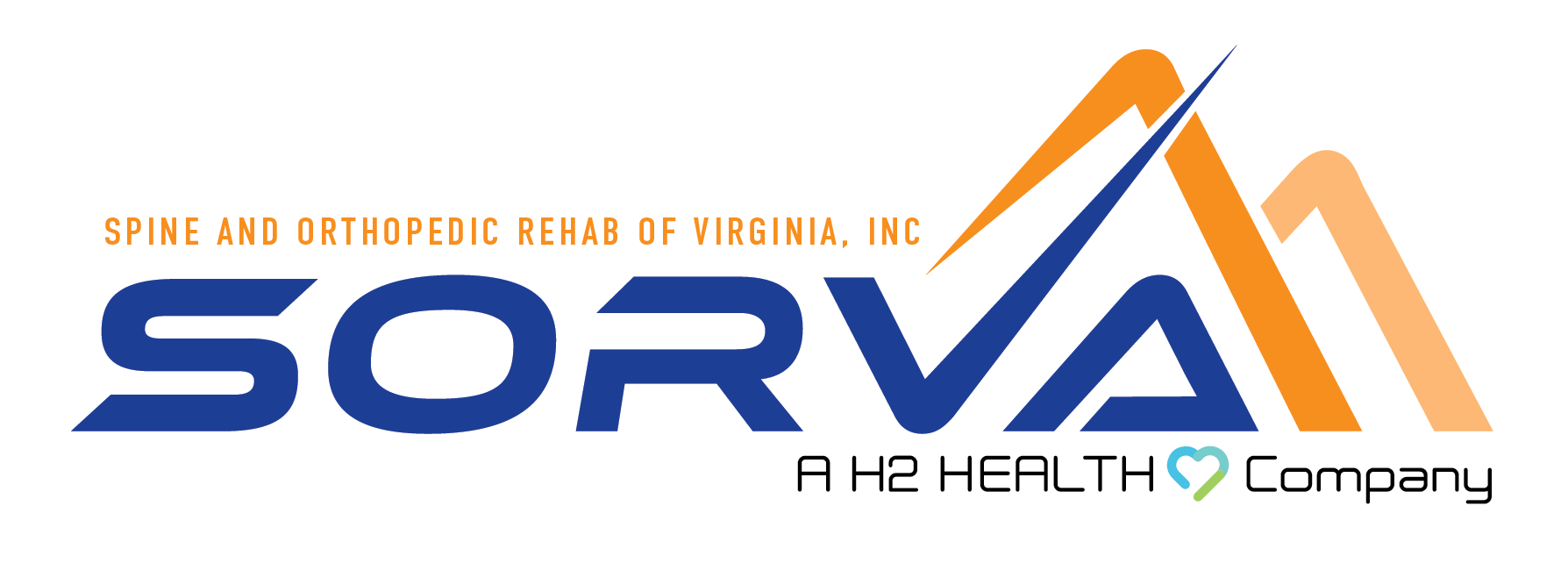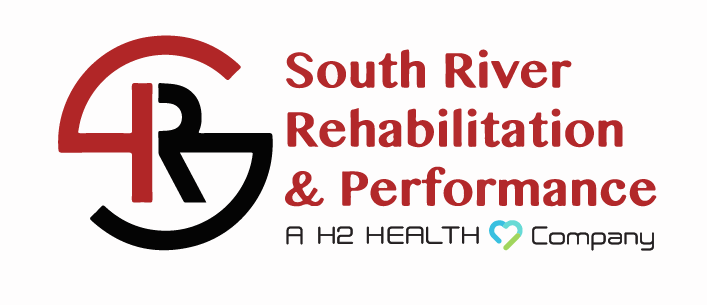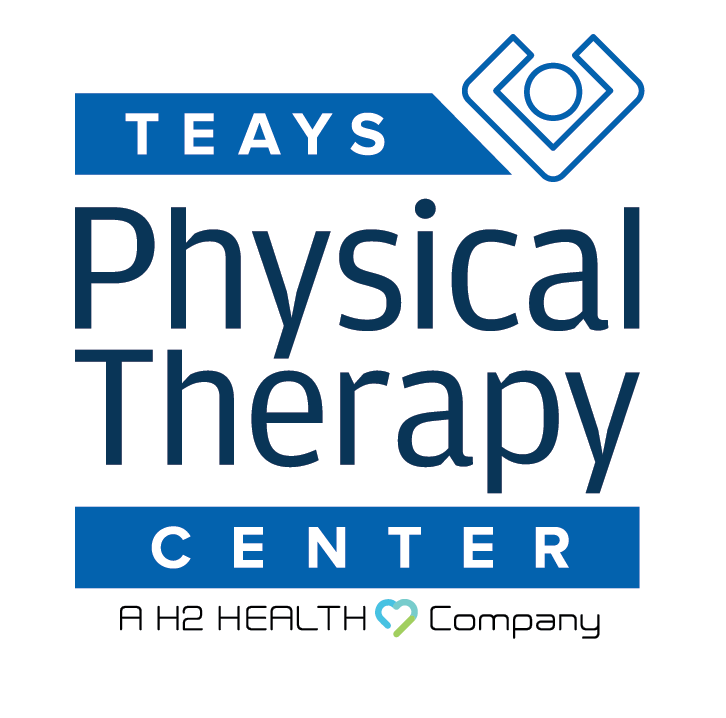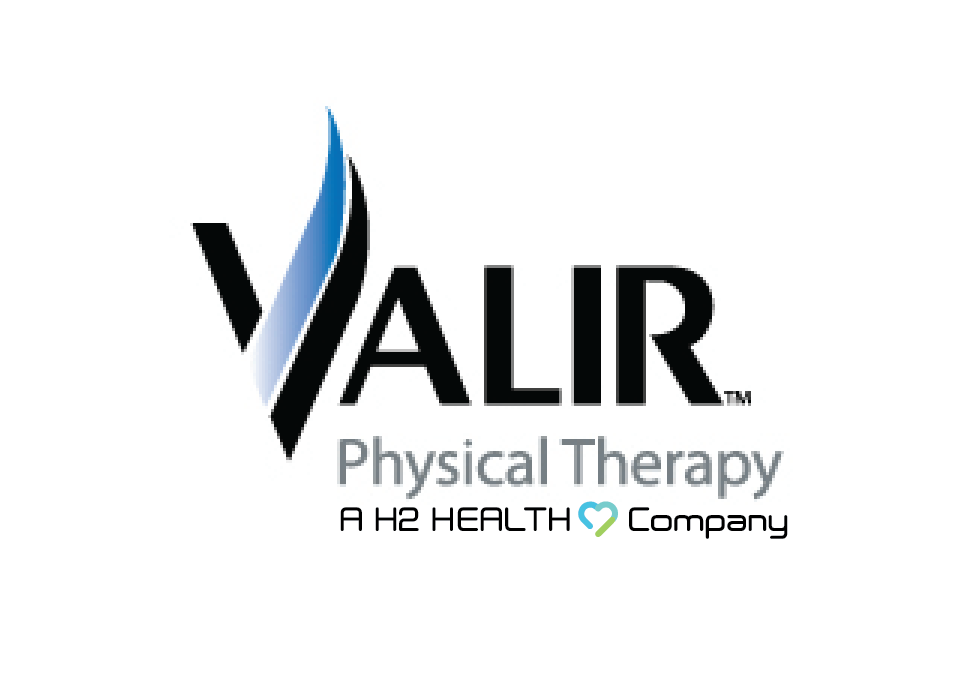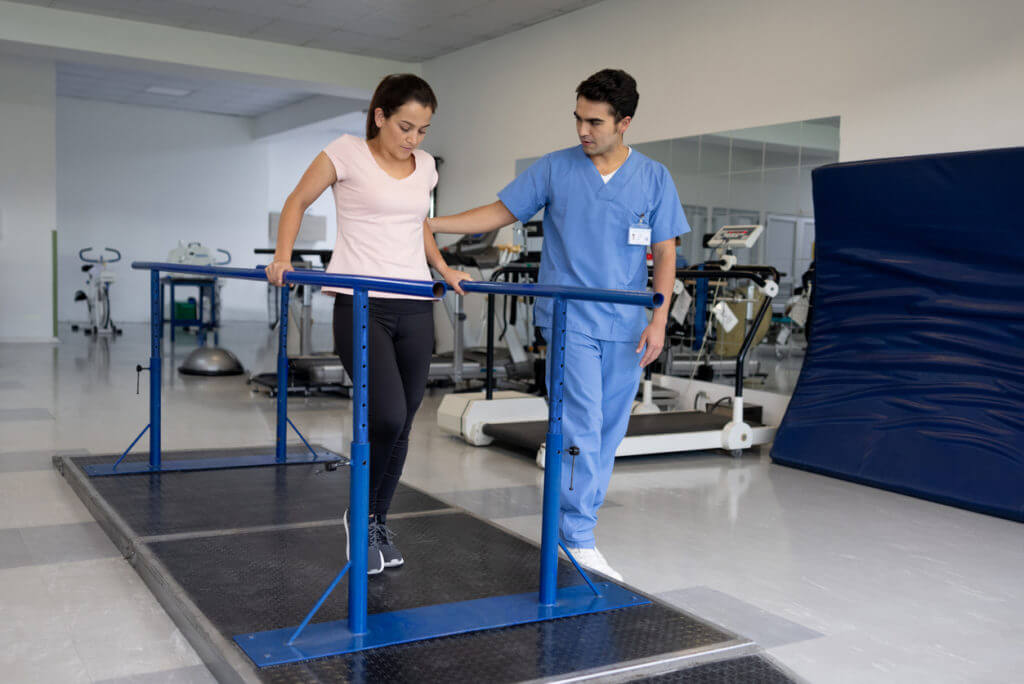
If you have sustained an injury, experience chronic pain, received a diagnosis of a musculoskeletal system condition, or have surgery on your calendar, the odds are very high that you will be recommended physical therapy.
Physical therapy is a healthcare specialty that is focuses on stretching and strengthening weak or tight muscles to ease pain and help individual moves better. It is integral part of a conservative treatment plan for many medical injuries and conditions, meaning that it is an effective medical treatment that is noninvasive. It is also offered as a rehab therapy before and after surgery.
Here, we’ll provide you with an ultimate guide to physical therapy, including who offers physical therapy, what conditions it can be used to treat, what treatment modalities it involves, and what to expect during physical therapy sessions.
Who Performs Physical Therapy?
Physical therapists are the specially trained medical professionals that perform physical therapy. They are trained to assess your physical condition and develop a treatment plan tailored to your unique needs.
Physical therapists offer physical therapy with the goal to:
- Restore or improve mobility and function of the body
- Relieve pain
- Improve strength and coordination
- Prevent chronic problems
What Can Physical Therapy Do?
A physical therapist can provide physical therapy for a wide range of conditions. Some are as follows:
- Musculoskeletal conditions like back or neck pain, rotator cuff tears, etc.
- Sports-related injuries, such as tennis elbow, concussion, etc.
- Neurological conditions, e.g., spinal cord injuries, stroke, peripheral neuropathy, multiple sclerosis, traumatic brain injury, etc.
- Pediatric conditions such as cerebral palsy and developmental delays.
- Pelvic floor problems such as urinary incontinence (offered by pelvic floor physical therapists)
- Chronic pain caused by osteoarthritis and rheumatoid arthritis
Your First Visit with a Physical Therapist
When you first see a physical therapist, they will do a complete evaluation to assess your overall health. They may also perform physical exams and gather information about your strength, balance, flexibility, pain, joint mobility, and overall functional. After this initial assessment, they diagnose your condition and offer various treatment options to help your condition, typically involving a few appointments a week for anywhere from four to twelve weeks.
What Happens During Physical Therapy?
Physical therapists use many different physical therapy techniques and modalities to help ease pain, decrease stiffness, and improve motion, strength, and mobility.
Here are some of the most common treatment modalities that a physical therapist offers. Physical therapists may use these treatment modalities alone or in combination to provide lasting relief.
Keep in mind that not all physical therapy clinics offer all of these services, so it is important to ask about specific treatment modalities offered.
Therapeutic Exercises
Physical therapy involves many types of therapeutic exercises, which can be active or passive. Passive exercises are performed by physical therapists on individuals, while active exercises are the ones that patients perform on their own or under the supervision of a physical therapist.
Manual Therapy
This is a physical therapy technique in which physical therapists use their hands to mobilize, manipulate, and massage body tissues. This type of therapy can relieve pain and stiffness, improve blood circulation, and improve joint and tissue mobility.
Transcutaneous Electrical Nerve Stimulation (TENS)
This treatment modality involves the use of a device that delivers electrical current to the affected area through electrodes places on the skin. The main purpose of this treatment is to relieve pain in a targeted area.
Heat and Cold Therapy
Heat and cold therapy alternates heat and cold packs to increase blood flow to the site of injury to promote healing and relieve pain. Heat or cold can also be used alone to relax muscles or reduce inflammation, respectively.
Dry Needling
Dry needling is a form of therapy that promotes accelerated healing and helps you get back to normal physical activity faster. It is known as “dry” needling because it does not involve the injection of a solution. Instead, simply placing a needle in the muscle trigger point helps relieve tension and muscle spasm.
Ultrasound
Ultrasound is another modality that physical therapists offer to treat muscle, tendon, or ligament pain. It works by using ultrasound waves to heat tissues under the skin, increasing circulation and decreasing pain.
ASTYM (Augmented Soft Tissue Mobilization)
ASTYM is a non-invasive, and highly effective form of physical therapy. Your physical therapist mobilizes, or massages your body to activate your body’s natural healing mechanisms and stimulate healthy tissue regeneration. This results in pain relief and enhanced function.
Best Physical Therapy Services in Kentucky
Do you have pain in your joints or muscles? Are you recovering from surgery or are planning to get surgery? Are you unable to walk without assistance? Consider visiting us at one of our H2 Health locations near you.
At H2 Health, we have a team of highly trained and certified physical therapists who offer high-quality physical therapy services to our patients. In addition to physical therapy, we also offer speech therapy, balance and dizziness therapy, occupational therapy, dry needling, sports medicine services, aquatic therapy, massage therapy, and chronic disease management. We cater to the needs of patients of all ages, from children to older adults.
If you want to know more about us or would like to set up a physical therapy session, call us today at (800) 699-9395 or fill out our appointment request form online now. We look forward to treating you!

